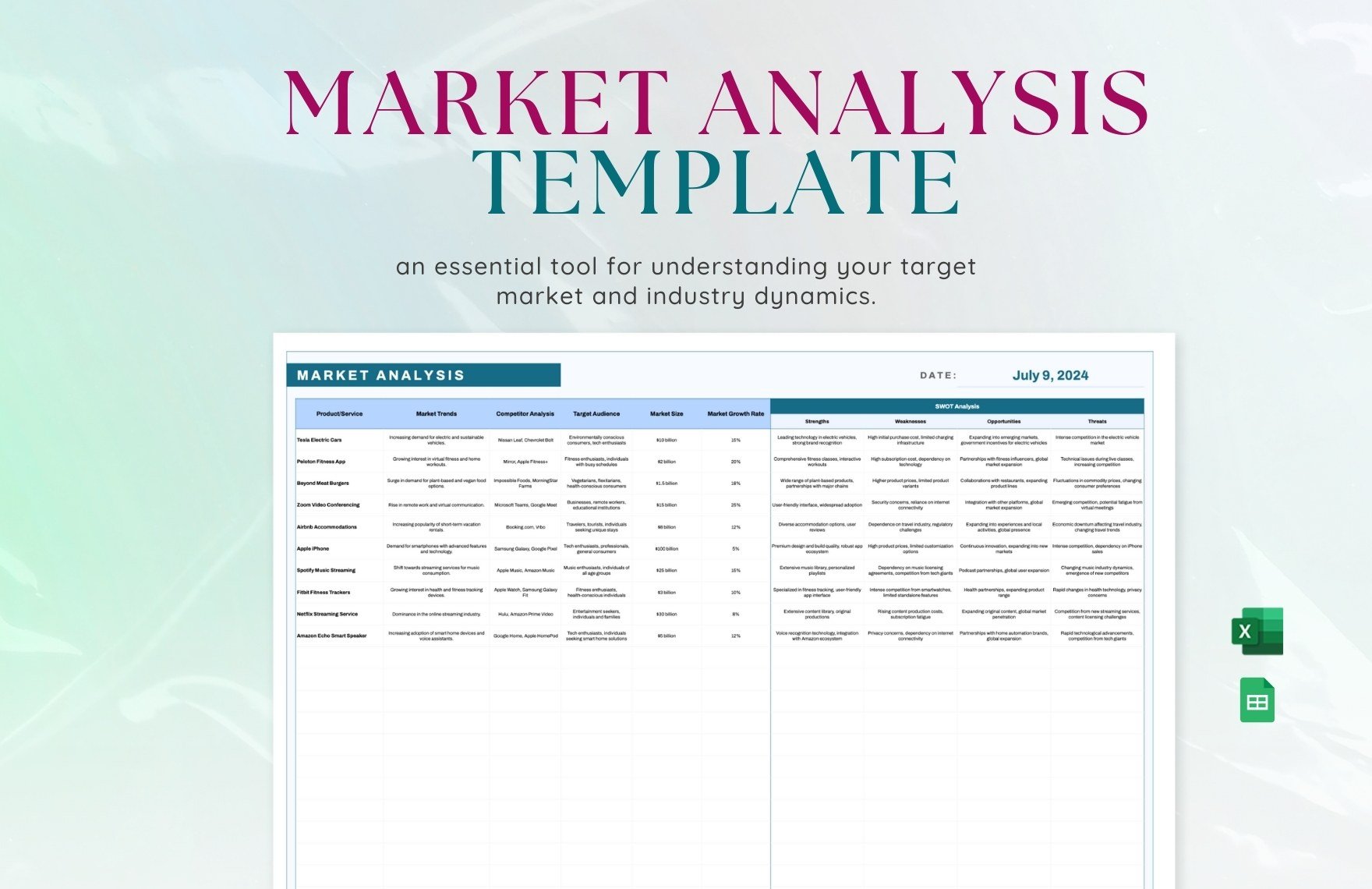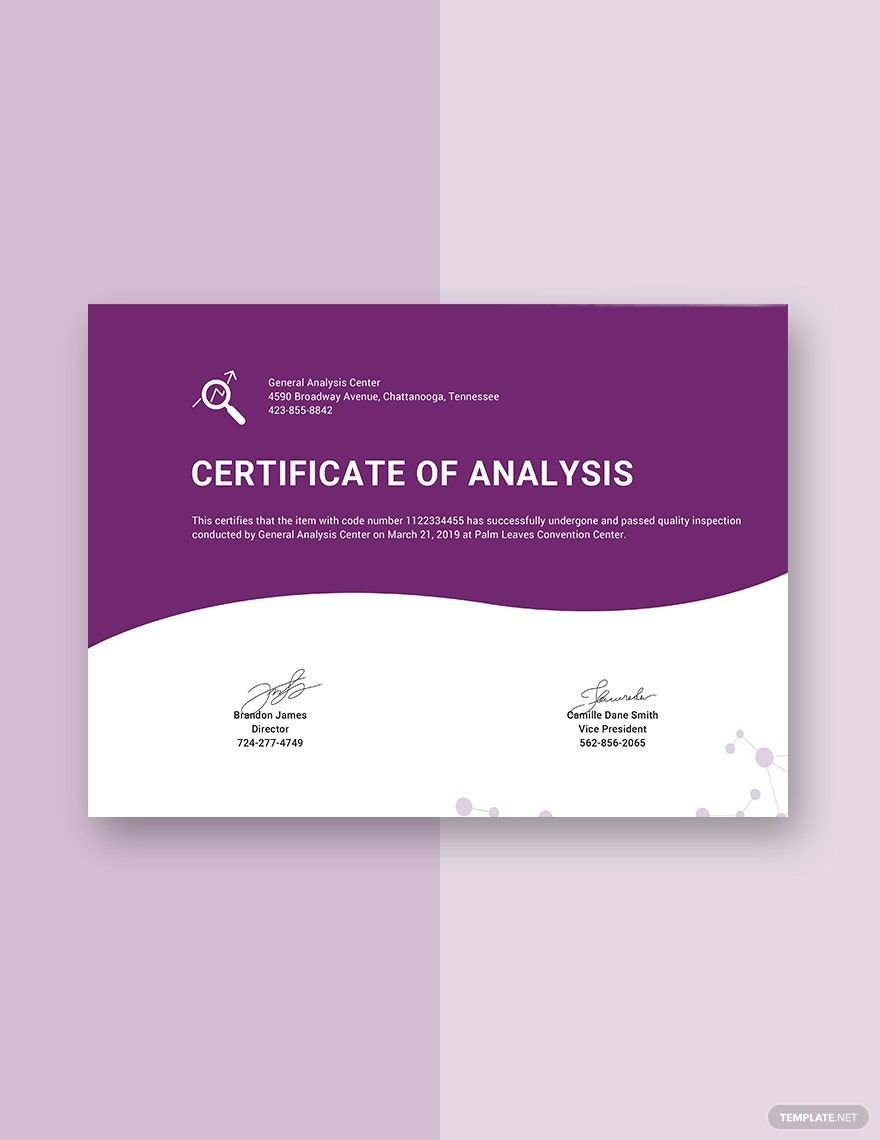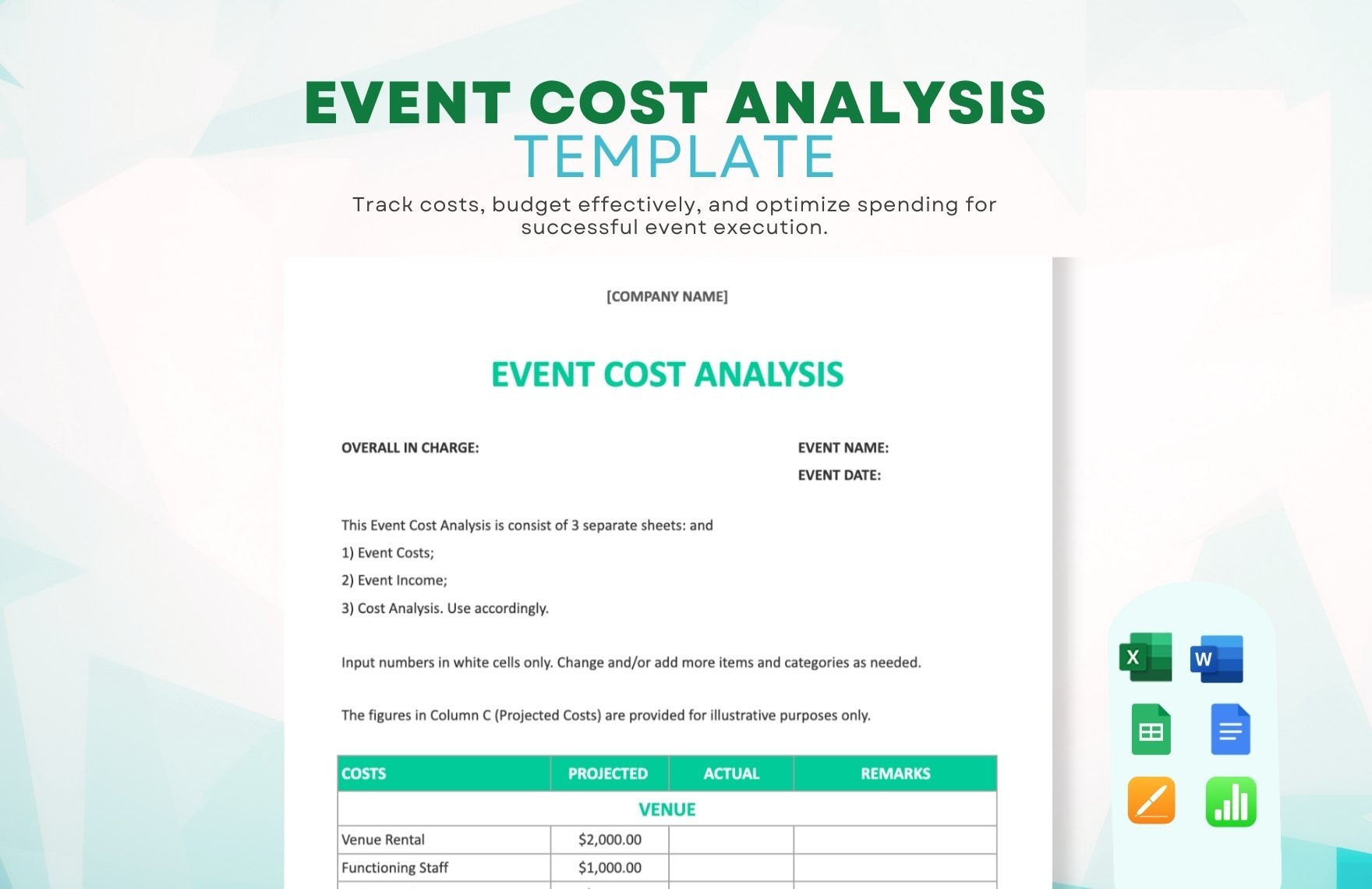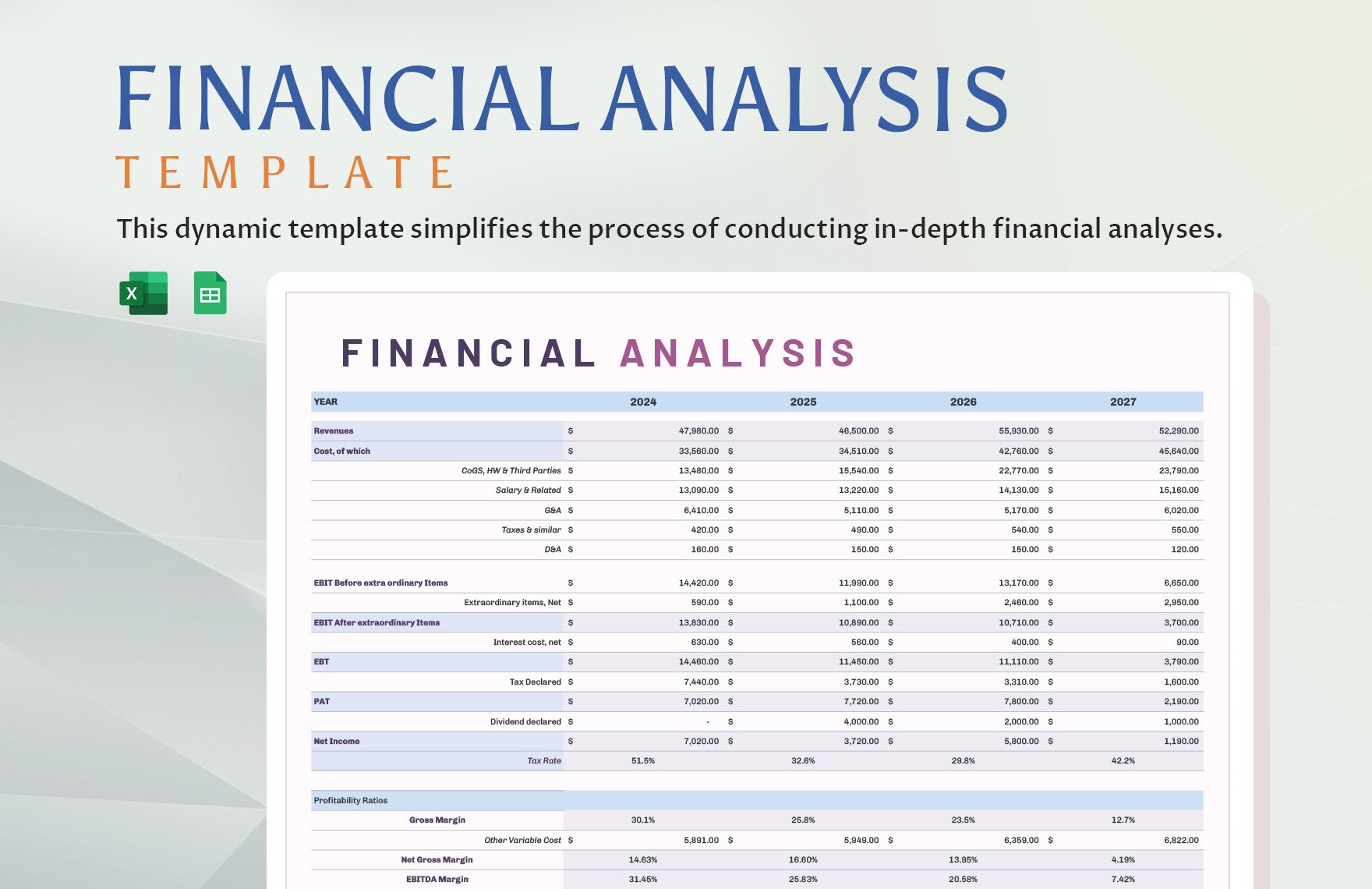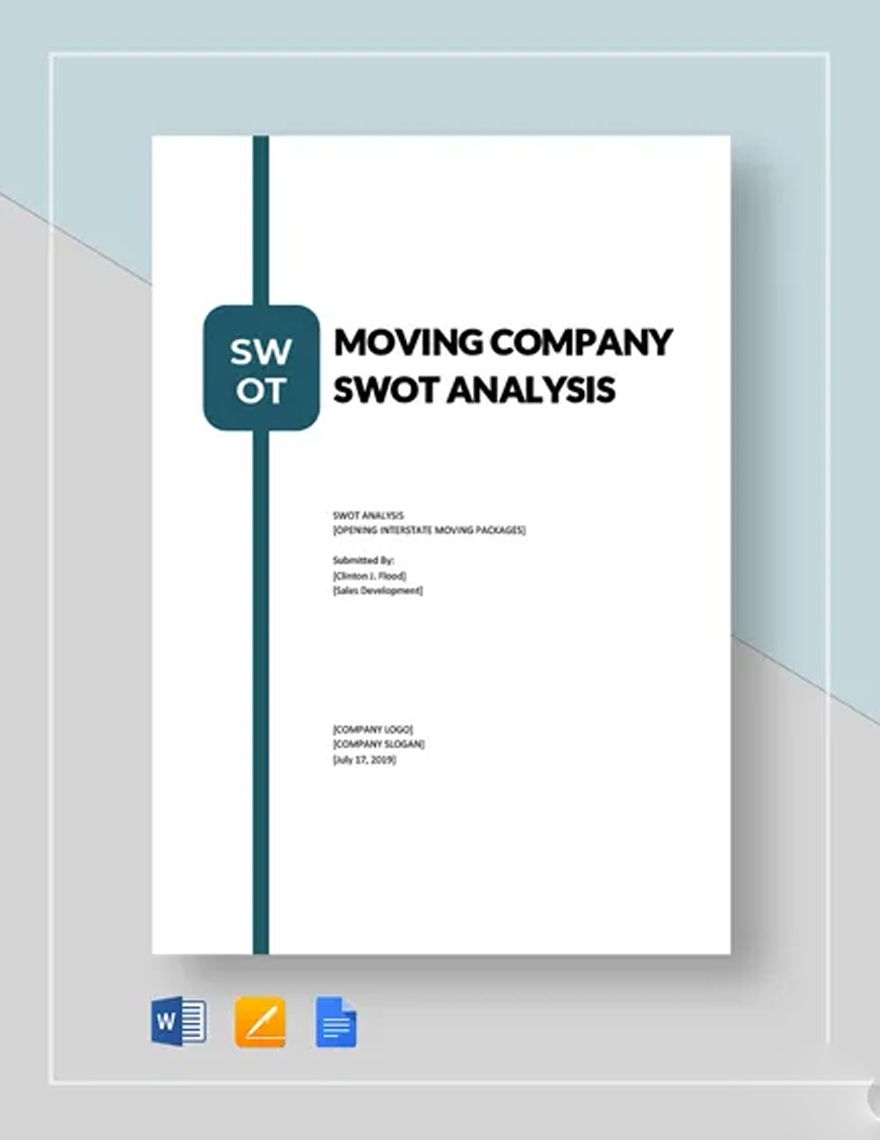Analysis in business requires putting together a piece of writing that reviews data in detail. Writing an analysis (whether rhetorical or business analysis) means asking questions that focus on how and why the project, data, or problem is in its current state or works the way it does. It also demands technical understanding formed by inherent curiosity in identifying problems and finding the best solutions for them. Do you think of using, analyzing, and converting quantifiable data into written, presentable and meaningful insights as a challenge that motivates and excites you? Then that's a strong foundation—something you can definitely work with.
1. Get Oriented
People expect analysts to start giving inputs and make an impact on the project right away. Whether you're a student trying to get yourself acquainted with the project at hand or a business analyst reviewing your role, you need to have a good understanding of what's being asked. An analysis paper due in class probably has prior instructions from the professor. Verify any vague areas on the instructions with your manager or instructor, especially if they also require certain formatting styles on the analysis worksheet.
2. Identify Strengths, Weaknesses, Opportunities, and Threats
Gather basic information regarding the project or the subject of your analysis. Most businesses conduct a SWOT analysis which is a framework used by various industries in developing corporate strategy by properly identifying strengths, weaknesses, opportunities, and threats. SWOT analysis dates back to the 60s and 70s when Albert Humphrey led a research project at Stanford University using data from different established companies. The goal was to analyze issues in corporate planning. Since then, the effectiveness of SWOT analysis has helped a lot in determining a company's current position and whether or not it has the right people in order for it to grow.
3. Gather Information
No matter what type of analysis report paper you have to complete, no matter what its scope and scale is, you need to gain a good understanding of the company's objectives and make sure that everyone involved in conducting the analysis is on the same page. Ensure that these objectives are clearly-defines as well as feasible. Otherwise, you'll have conflicting expectations with your audience or stakeholders.
4. Research Well
Do your research by carefully going through the organization's history, current and previous strategies as well as directives that are already implemented. Where do these strategies fail? What's lacking in this year's plan? You shouldn't only focus on communication between teams but also help stakeholders address their needs. Tailor fit your research based on the kind of analysis report you are expected to create. For example, when making a marketing analysis, your source data should be based on the business trends, company financial status, and other relevant determinants.
5. Make a List of Your Main Arguments
Break down your points by listing your main arguments. Once you've set the focus of your writing, you'll be able to organize information well and thereby identify and emphasize what everyone needs to know. Decide how questions should be answered and anticipate possible counter-arguments. It's also wise to meet with your stakeholders and let them see how your simple analysis is taking shape so that you can also gather inputs from them when necessary.














